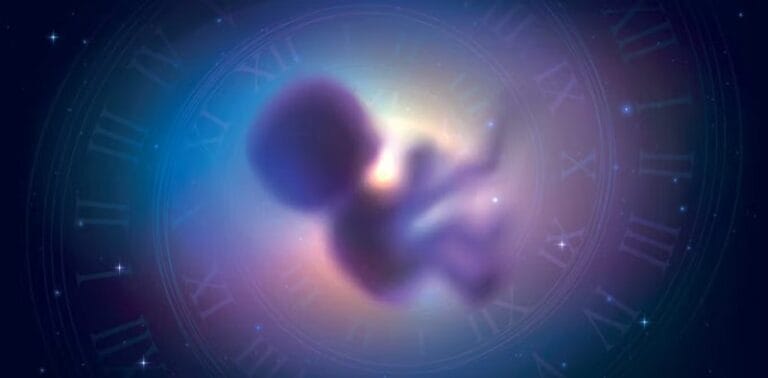Supersonic turbulence and the first stars in the Universe

Imagine the universe shortly after the Big Bang: cold, dark, and composed almost entirely of hydrogen and helium. It was in this simple and extreme environment that the first stars, known as Population III stars, emerged. But to this day, scientists are still trying to understand exactly how this stellar birth took place.
Now, a recent study led by researchers at Academia Sinica in Taiwan adds a new piece to this cosmic puzzle: supersonic turbulence.
“Our work shows that turbulence was not only present in the first halos, but was intense enough to fragment gas clouds into several dense cores,” explains astrophysicist Ke-Jung Chen, co-author of the research.
The team analyzed the formation of 15 mini-halos — small concentrations of dark matter with masses between 100,000 and 10 million times the mass of the Sun — that formed between 100 and 200 million years after the Big Bang.
These halos attracted primordial gas to their centers. But contrary to what was previously thought, this process was not smooth. Simulations show that the gas was pulled in a chaotic manner, generating high-speed currents that collided with each other and created supersonic turbulence—with speeds up to 35 times faster than the speed of sound.
This turbulence is not just a detail. It was essential for breaking the gas clouds into smaller pieces, creating dense clusters that soon collapsed under gravity, the first step in forming a star.

Based on these ultra-detailed simulations, scientists observed that each halo formed at least one of these dense clusters — and many formed several. The masses of these clusters range from about 2 to 66 solar masses. This helps explain why some Population III stars, inferred indirectly from very metal-poor stars, appear to be much smaller than previously thought.
“The fact that we identified multiple clusters indicates that the collapse was not spherical and isolated, as many previous models suggested,” explains Pei-Cheng Tung, co-author of the study. “It was a fragmented process, and that changes how we estimate the mass of the first stars.”
The average Mach number—which compares the speed of gas to the speed of sound—was between 2 and 5 in the simulations. The greater the mass of the halo, the greater this ratio, showing that more intense gravity pulled the gas more strongly, generating more turbulence.
And yes, this has real implications for modern astronomy: these new findings may help predict where and how the James Webb Space Telescope could find signs of the first stars in the universe.
The complete study is available at arXiv.






